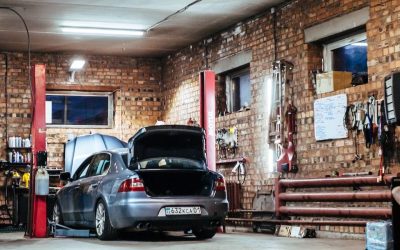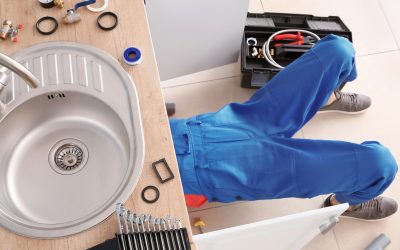DIY is not just an inexpensive way to improve your home. For some it’s a pastime, even a hobby – but many attempting DIY for the first time have quickly discovered the dangers inherent to home renovation. Indeed, over a quarter of respondents to a recent poll reported suffering an injury while doing DIY, specifically because they did not think themselves skilled enough to complete the task in question. So, what simple methods can you employ to stay safe while working on your home?
Ventilate When Painting
One of the most common DIY tasks that households carry out themselves is painting. It is easy enough to do with one or two people, and the results are profound for little more than an afternoon of effort. However, paint fumes are toxic, and can cause all manner of issues – light-headedness the least of them.
To make sure you are safe while painting, you should endeavour to ventilate the spaces you are painting. You can do this by opening windows, leaving internal doors open and even using fans to circulate the air around your home.
Switch Off Electricity
Sometimes, your DIY can get a little more involved than a simple lick of paint. You might fancy yourself something of a sparky, and seek to fix some electrical issues – or you might just want to change your light fitting, or move a plug socket or two. Mains electricity is not to be trifled with, though; make sure you shut off the circuit breakers to your home, or at least the room you’re working in, to prevent the likelihood of electric shock.
Use PPE
Personal Protective Equipment, or PPE, can be a godsend for a number of accessible DIY activities. Wearing the right PPE for the job can help to protect you from injury and irritation: safety goggles protect the eyes when sawing or drilling; masks prevent inhalation of particles; gloves prevent irritation from chemicals such as glues or pastes.
If You Have an Accident
Of course, even with all the right approaches to a given DIY task, you might be unfortunate enough to suffer an injury. A passing knowledge of first aid can go a long way to minimising the damage caused by a cut or a fall; you should also make sure you speak to a professional if you’ve had an accident, especially if it wasn’t your fault – whether due to faulty equipment or negligence in help from another professional. You could well be liable for compensation if your injury has resulted in you missing work, or having to pay someone to finish your DIY for you.
- Selling a House in a Trust After Death: What You Should Know - April 18, 2024
- Maximising Your Home’s Potential: The Ultimate Renovation Checklist - April 16, 2024
- Key Tips on Managing Your Property Portfolio - April 16, 2024


